Clinical orthodontics must be viewed as a specialty cemented in biology, Dr Young-Guk Park from the Kyung Hee University in Seoul says. In this final part of our exclusive commentary series, he discusses the latest developments in the field in 2011.
The ultimate goal of any orthodontic treatment is to obtain better aesthetics of the dentition and the face, and the health of the periodontium, TMJ and longevity of the dentition throughout life by means of accurate diagnosis and mechanotherapy upon malocclusion and dento-facial disharmonies. Bringing all these propositions together requires discarding empirical and conceptual orthodontic planning by adopting 3-D movement algorithms for each tooth and, accordingly, design of corresponding biomechanics.
Orthodontic tooth movement results from forces that evoke cellular responses in the teeth and their surrounding tissues, including the periodontal ligament, alveolar bone and gingiva. It is advantageous for the orthodontist to control the details of the biological events that unfold during tooth movement, as some of these details may differ from one person to another owing to variables such as sex, age, psychological status, nutritional habits or drug consumption. Biological variations may be the foundation of the differences that are frequently observed in the outcomes of orthodontic treatment between patients with similar malocclusions but identical treatment.
Principles of orthodontic biomechanics are usually taught with the help of a typodont, consisting of artificial teeth embedded in wax. This set-up ignores entirely the biological aspect of tooth movement. However, in the clinical setting, living patients are encountered, and mechanical forces mobilise their teeth. These movements result from the development of strains in dental and para-dental tissues, followed by modelling and remodelling of these tissues.
In some patients, systemic conditions may exist, evoking complications such as root resorption, dehiscences and fenestrations of the alveolar bone. Hence, clinical orthodontics must be viewed as a specialty cemented in biology, all the way down to the molecular level. As a clinical profession, it must be based also on profound knowledge of mechanics, biology, physiology, and pathology.
The usual rate of tooth movement by conventional protocols of mechanotherapy is approximately 1 mm per month. The suggested minimal intervention, surgically assisted orthodontics is a minimally invasive peri-orthodontic procedure without flap elevation, which accelerates tooth movement with an enhanced turnover rate of surrounding structures. This milieu is clinically expedient with sound biological foundation, and makes the orthodontic outcome more stable and less prone to complications. It has elucidated the evidence that minor surgical procedures by orthodontists obtained accelerated rates of tooth movement with impunity, and enhanced the rate of bony and periodontal response, thereby shortening the duration of treatment.
Clinical orthodontics has seen innovative change with the rise of digital dentistry as these applications have brought cutting-edge technology to diagnosis and treatment. Laser scanning, structure photo-imaging, and surface image analysis have almost superseded the stone model in the clinical environment. In addition, these technologies enable clinicians to achieve an intended treatment result through individual custom appliances made possible by robotics that allow sophisticated individual tooth positioning, a procedure that was not possible with conventional preformed appliances.
These diverse technologies bring the prospective adjustment in fundamental framework of the conventional treatment, and consequently improve the accuracy of the orthodontic correction.
Many new technologies have been emerging during the last twelve months which made 2011 an interesting year for dentistry. In this first part of an exclusive...
Aesthetic aspects do increasingly play an important part in clincical outcomes. In this second part of our exclusive commentary series, Dr Sushil Korailal ...
COLOGNE, Germany: This year at the International Dental Show (IDS), 3Shape is celebrating 25 years in CAD/CAM. However, it was first in 2005 that 3Shape ...
The aim of orthodontic diagnosis is to identify dento-alveolar, skeletal and functional alterations in the maxillo-facial complex. Diagnosis and treatment ...
CAD/CAM technology and materials are currently used in a number of clinical applications, including the fabrication of indirect restorations. CAD/CAM gives ...
LONDON, England: The SureSmile 2025 Global Orthodontics Symposium, which took place on 13 and 14 September in London, brought together orthodontic ...
A vertical root fracture (VRF) is a longitudinally oriented fracture of the root that, depending on its cause, can originate from the apex and propagate to ...
Healthcare is not just about treatment; it is about people—and the words we use have the power to change lives. In fact, the language we use has ...
ST HELIER, Jersey: Patients on the island of Jersey are having to wait up to five years for orthodontic treatment, according to local newspaper the Jersey ...
VIENNA, Austria: Molar incisor hypomineralisation (MIH) has a significantly high global prevalence, affecting around 14% of the world’s population, and ...
Live webinar
Mon. 12 January 2026
9:00 am EST (New York)
Prof. Judith Jones D.D.S; M.P.H., Prof. Kakuhiro Fukai D.D.S., Ph.D, Dr. Bathsheba (Bethy) Turton
Live webinar
Wed. 14 January 2026
12:00 pm EST (New York)
Dr. Théo Laplane, Dr. Robert Gottlander DDS
Live webinar
Fri. 16 January 2026
12:00 pm EST (New York)
Live webinar
Mon. 19 January 2026
1:00 pm EST (New York)
Philipp Kopp, Michael Seeber
Live webinar
Thu. 22 January 2026
2:00 pm EST (New York)
Dr. Nicola M. Grande DDS, PhD
Live webinar
Wed. 28 January 2026
8:00 am EST (New York)
Live webinar
Wed. 28 January 2026
11:00 am EST (New York)
Prof. Dr. Jan-Frederik Güth



 Austria / Österreich
Austria / Österreich
 Bosnia and Herzegovina / Босна и Херцеговина
Bosnia and Herzegovina / Босна и Херцеговина
 Bulgaria / България
Bulgaria / България
 Croatia / Hrvatska
Croatia / Hrvatska
 Czech Republic & Slovakia / Česká republika & Slovensko
Czech Republic & Slovakia / Česká republika & Slovensko
 France / France
France / France
 Germany / Deutschland
Germany / Deutschland
 Greece / ΕΛΛΑΔΑ
Greece / ΕΛΛΑΔΑ
 Hungary / Hungary
Hungary / Hungary
 Italy / Italia
Italy / Italia
 Netherlands / Nederland
Netherlands / Nederland
 Nordic / Nordic
Nordic / Nordic
 Poland / Polska
Poland / Polska
 Portugal / Portugal
Portugal / Portugal
 Romania & Moldova / România & Moldova
Romania & Moldova / România & Moldova
 Slovenia / Slovenija
Slovenia / Slovenija
 Serbia & Montenegro / Србија и Црна Гора
Serbia & Montenegro / Србија и Црна Гора
 Spain / España
Spain / España
 Switzerland / Schweiz
Switzerland / Schweiz
 Turkey / Türkiye
Turkey / Türkiye
 UK & Ireland / UK & Ireland
UK & Ireland / UK & Ireland
 Brazil / Brasil
Brazil / Brasil
 Canada / Canada
Canada / Canada
 Latin America / Latinoamérica
Latin America / Latinoamérica
 USA / USA
USA / USA
 China / 中国
China / 中国
 India / भारत गणराज्य
India / भारत गणराज्य
 Pakistan / Pākistān
Pakistan / Pākistān
 Vietnam / Việt Nam
Vietnam / Việt Nam
 ASEAN / ASEAN
ASEAN / ASEAN
 Israel / מְדִינַת יִשְׂרָאֵל
Israel / מְדִינַת יִשְׂרָאֵל
 Algeria, Morocco & Tunisia / الجزائر والمغرب وتونس
Algeria, Morocco & Tunisia / الجزائر والمغرب وتونس
 Middle East / Middle East
Middle East / Middle East
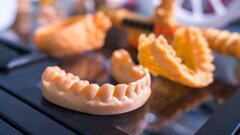
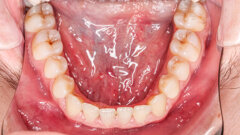

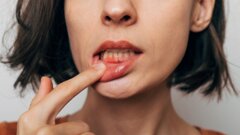




















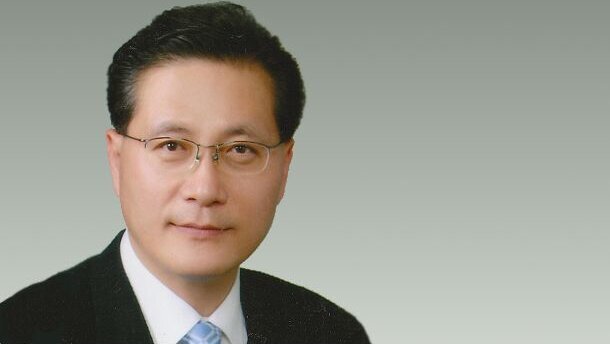




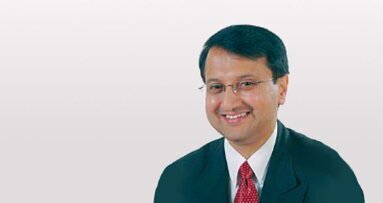
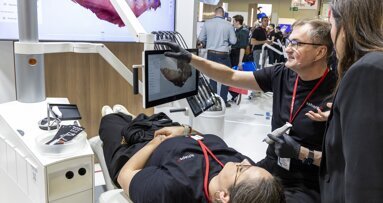
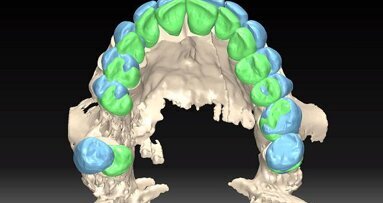
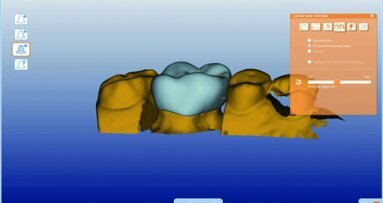

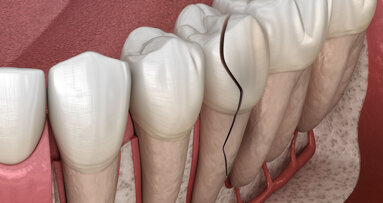
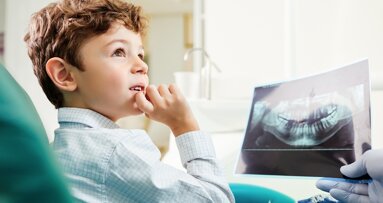

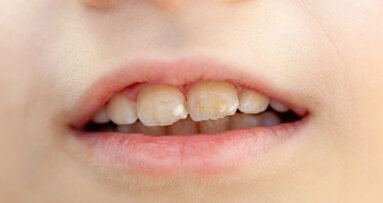










To post a reply please login or register